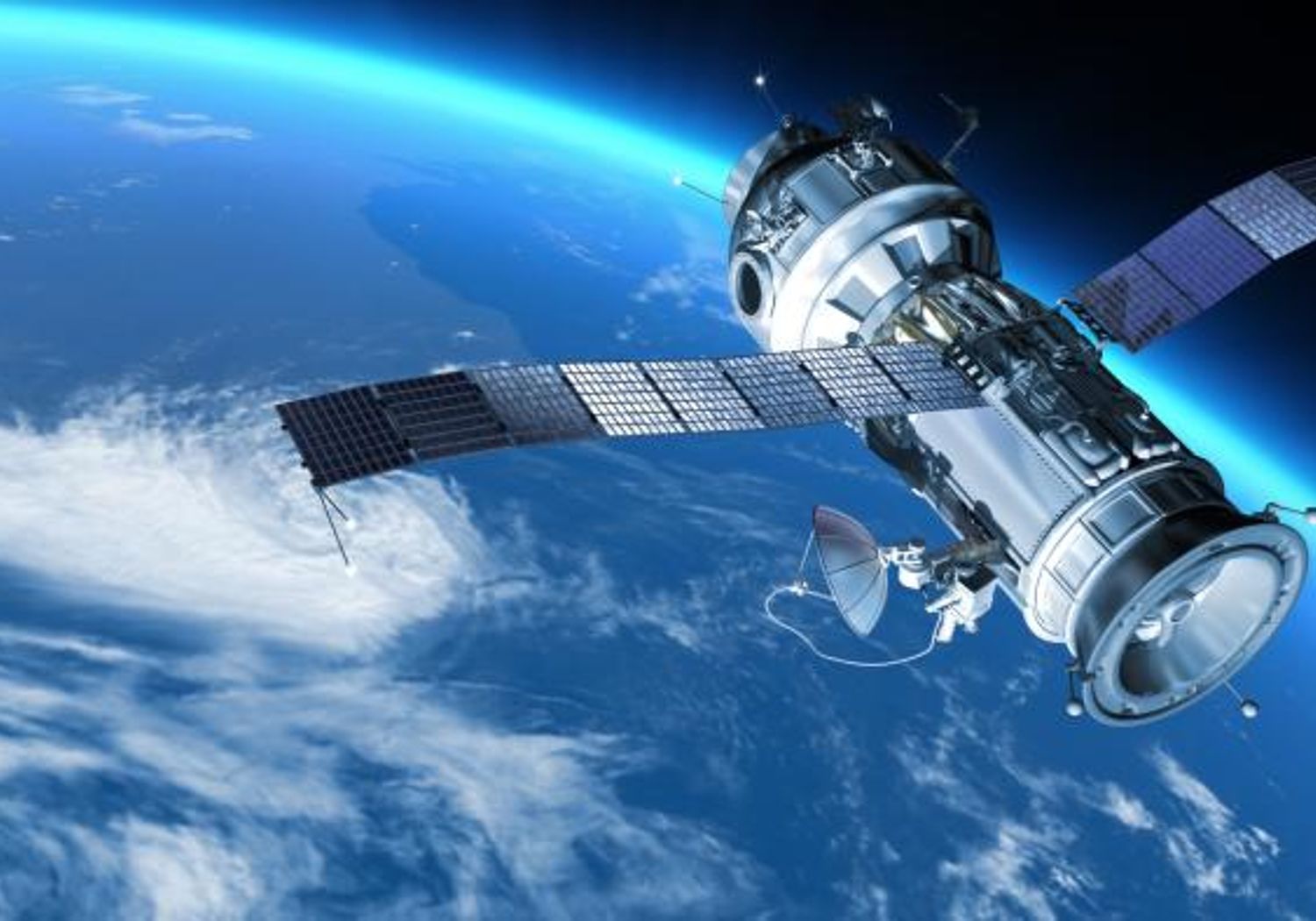Metrology for earth observation and climate
Observing the Earth from space: Improving satellite measurements for climate change monitoring

The world has already warmed by 1 ºC since pre-industrial times, due to human activity and this is expected to increase to 1.5 ºC by 2040. Understanding global warming requires measurements of incoming and outgoing radiation and information on the effect of greenhouse gases on temperature rises. Calculating this radiative balance depends on the Earth observation data generated from satellite-borne instrumentation. Ensuring that this data is reliable relies on confirming instrument performance post launch.
The effects of ocean colour changes near shorelines and plant cover characteristics on satellite-based radiance measurements need better assessment to improve radiative balance data. Confirming the in-flight performance of radiometric instruments, relies on overflying well-characterised terrestrial- and ocean-based sites, the range and number of which must be increased in order to achieve more accurate measurements for climate change predictions.
This project developed methods to improve the accuracy of the land-, sea-, air- and satellite-based radiance measurements that are used for climate change monitoring. This project follows on from the EMRP project European metrology for Earth observation and climate.
The Project:
- Improved the performance of an existing lab-based cryogenic solar radiometer (CSAR), by reducing window-induced noise by a factor of 100 and successfully demonstrated in-the-field performance against reference radiometers at the World Radiation Centre (Davos)
- Developed portable, SI-traceable reference standards for radiometer calibration, for use with ground-based instruments and the aircraft-based GLORIA spectroradiometer
- Established two new well-characterised desert test-sites, for confirming satellite-based radiance instrumentation performance in support of the RadCalNet network
- Characterised Wytham woods (UK) as a reference site for leaf area index measurements. This location has been recognised as a CEOS super-site for land product validation
- Developed traceable protocols for greater accuracy in measuring ocean surface radiance, enabling calibration of satellite-based instruments for ocean colour, a key Essential Climate Variable.
This project has successfully developed improved SI-traceable methods to monitor the performance of both the Earth-based and satellite-borne radiance measuring instrumentation that is used for climate measurements. European instrument manufacturers have been able to improve their Earth observation data, such as that collected on European Space Agency (ESA) Sentinel missions, by adopting methods and overflying the RadCalNet site characterised during this project. The information generated has supported new collaborative projects through ESA and H2020 QA4ECV. Based on implementing the measurement methods derived in this EMRP project, the QA4ECV research team were able to assemble a prototype quality assurance component more rapidly than would have previously been possible. This is now being further developed as part of the EU Copernicus Climate Change service. Improving the quality of the radiance data used in estimating how rapidly global warming is occurring is essential for trend identification and determining the success of remediation strategies. Measurement science research for earth observation continues in the EMPIR projects 14SIP02 EO e-Learning, 16ENV03 MetEOC 3 and 19ENV07 MetEOC-4.
Atmospheric Measurement Techniques
Atmospheric Measurement Techniques
Agricultural and Forest Meteorology
Journal of Physics: Conference Series
IEEE Journal of Selected Topics in Applied Earth Observations and Remote Sensing
IEEE Transactions on Geoscience and Remote Sensing
Agricultural and Forest Meteorology
AIP Conference Proceedings
IEEE Journal of Selected Topics in Applied Earth Observations and Remote Sensing
Metrologia
Earth Resources and Environmental Remote Sensing/GIS Applications VII
Metrologica
Geoscience and Remote Sensing Symposium (IGARSS)
International Journal of Remote Sensing
ISPRS - International Archives of the Photogrammetry, Remote Sensing and Spatial Information Sciences
Sensors, Systems, and Next-Generation Satellites XIX
IEEE Geoscience and Remote Sensing Symposium (IGARSS), 2015.
Published in Proceedings Volume 9264: Earth Observing Missions and Sensors: Development, Implementation, and Characterization III
Participating EURAMET NMIs and DIs
CMI (Czechia)
INRIM (Italy)
IO-CSIC (Spain)
LNE-LCM/CNAM (France)
MIKES (Finland)
NPL (United Kingdom)
PMOD/WRC (Switzerland)
PTB (Germany)
VSL (Netherlands)
Other Participants
Bergische Universitaet Wuppertal (Germany)
Deutsches Zentrum fuer Luft- und Raumfahrt eV (Germany)
Forschungszentrum Juelich GmbH (Germany)
JRC - Joint Research Centre - European Commission (European Commission)
Science and Technology Facilities Council (United Kingdom)
University College London (United Kingdom)
Maanmittauslaitos (Finland)
Information